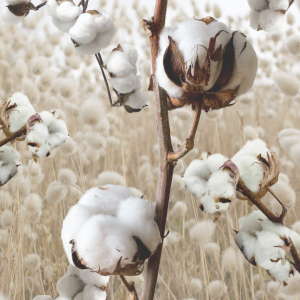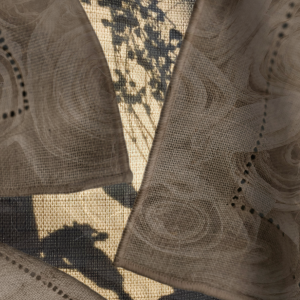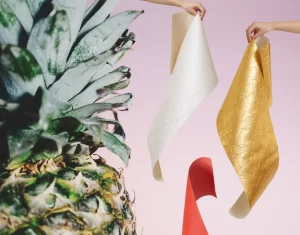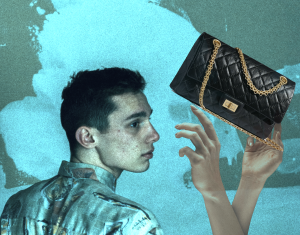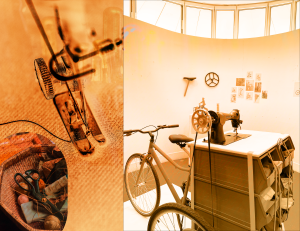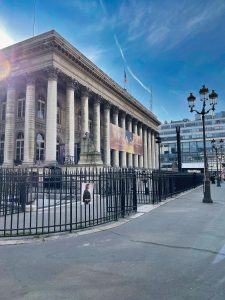Industry
GOTS: The certification your textiles should have
The Global Organic Textile Standard (GOTS) is a leading international standard for organic fiber textiles, including ecological and social criteria, backed by independent certification. With rising demand for sustainable products, GOTS certification is a key benchmark for the textile industry, consumers, and the environment, highlighting its importance and impact on sustainability.
What is ‘Greenhushing’?
Greenhushing has emerged as a contemporary concept within the realm of environmental responsibility. You might know ‘Greenwashing.’ It’s common in fashion. Brands use it to appear eco-friendly with misleading claims.
Oeko-Tex: The Sustainable Choice for Brands and Consumers
As the world becomes increasingly aware of the environmental impact of the fashion industry, consumers are demanding more sustainable and ethical choices. In response, many brands are turning to certifications such as Oeko-Tex to demonstrate their commitment to sustainability and social responsibility.
Linen: The Sustainable Choice for Europe and Beyond
As the world becomes increasingly aware of the environmental impact of the fashion industry, more and more consumers are seeking out sustainable alternatives to traditional materials.
Piñatex: A Sustainable Fabric Revolution
In recent years, the fashion industry has witnessed a growing demand for sustainable and eco-friendly materials. One such innovation that has gained significant attention is Piñatex, a fabric made from pineapple leaves. Offering an ethical alternative to traditional leather, Piñatex has emerged as a game-changer, combining style, sustainability, and social responsibility. This article explores the…
What is Pre-Loved Fashion?
As sustainability becomes a top priority in the fashion industry, more and more high-end brands are embracing the concept of pre-loved items. This eco-friendly shift is paving the way for a new era of responsible consumerism and giving a whole new meaning to the term vintage. But what exactly does pre-loved mean, and why is…
What is a Slow Media? How are We One?
You may be familiar with the concept of slow fashion, a term that encompasses sustainable and ethical practices in the production and consumption of clothing. It prioritises human-centered approaches, ethically sourced materials, minimal use of chemicals, fair labor practices, and reduced environmental impact. As a media company dedicated to sustainability, we embrace this philosophy by…
Building a Repair Culture at École des Arts Décoratifs
Last Tuesday we assisted to the Chaire Écodesign & Création. Restitution: Désirabilité et réparabilité des objets pour 2042 at the École des Arts Décoratifs in Paris. We witnessed many interesting projects about reparability on product design. The background With the guidance of the teacher Alexandre Fougea and the supervision of the design studio Noir Vif,…
Sustainable Fashion in the Soviet Union? A Historical Perspective
Fashion has been a constant part of human life, and in recent years, sustainable fashion has been increasingly advocated for to address the environmental impacts of the fast fashion industry. However, the concept of sustainable fashion is not entirely new, as we can see from the practices of the Soviet Union in the mid-twentieth century.…
Tranoï Show: A Platform for a New Generation of Fashion
If you’ve been following our articles, you might have noticed that we’ve had the pleasure of interviewing numerous fashion creators. And you might have wondered: how did we manage to connect with so many talented individuals? The answer lies in our visits to the Tranoï showroom during Paris Fashion Week. What is Tranoï? Tranoï is…
